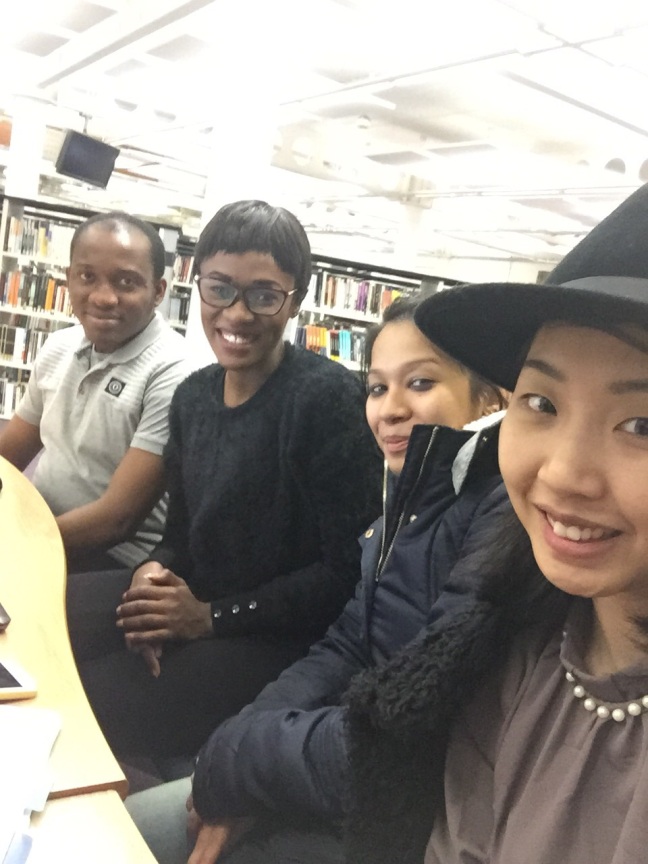I left my home at about 3.40 pm on Sunday 11th January 2015, in company of my friend, Ebuka to one of my fathers-in-the-Lord house at Agip Estate, to be assisted by his son Obelem, who I had earlier arrange to escort me to the airport and bring back my car to my house. Obelem was more familiar with the route to airport, so I asked him to drive and he accepted. We arrived Port Harcourt International Airport about 5 pm. I came down with my luggage and bid them farewell.
I entered through the departure gate and met a long queue of passengers checking in for Lufthansa Airline, so I joined the queue. When it got to my turn to be checked, I was told that I had excess luggage and was advised to transfer the stuff in one of the bags to the other two. I agreed and had to lose one of the bags, though it was empty. I was screened by an officer at the Immigration Centre and cleared. I went to the airline counter, checked in and moved to the luggage screening area. My luggage was screened and I moved to the departure room to wait for the departure time – 9 pm. Just before I entered the departure room, I was screen again by another immigration officer and was allowed into the room. At 9 pm, we were called for boarding. The airline officials took about an hour to screen us one after the other; we were searched, and our hand luggage were searched too.
We left Port Harcourt International Airport at about 10 pm, one hour later than the flight schedule. We stopped over at Murtala Muhammed International Airport, Lagos and picked other passengers. The exercise took another 1 hour 30 minutes. After the boarding at Lagos, we left for Frankfurt.
Airline operators are distinguished by how they keep to flight schedule, the neatness of their flight, the care and overall service given to passengers. For Lufthansa, my flight was delayed in Port Harcourt for 1 hour and in Lagos, 1 hour 30 minutes. Perhaps, this was as a result of the screening and checking of hand luggage.
The service given to us by the flight attendants was superb. From Port Harcourt International Airport to Lagos, we were served snacks, juice and water. Thirty minutes after takeoff from Lagos, we were served dinner. The meal had spaghetti, salad, fruits and cake. We had variety of drinks: soft drinks, red and white wine and fruit juice. At about 5 am, we were served breakfast – snacks with tea.
I appreciated the things provided by the airline to make our journey interesting. Each of the seats had a blanket and a pillow. Headphones were passed round for those who care to listen to music or watch a movie. Of course, there was a DVD player in front of each seat.
By the grace of God, we arrived Frankfurt Airport at 6.30 am. Frankfurt was not my last destination, so I looked for Lufthansa counter and booked for Birmingham. The flight was scheduled for 11.55 am. We boarded at 11.45 am and took-off 12.20 pm. I do not want to compare the flight schedule takeoff at Port Harcourt, Lagos and in Frankfurt. However, I think that we all – blacks, white; Africans, Americans, Europeans, Asians, and every other human being created by God, should be treated fairly and equally.
We arrived Birmingham Airport at 1.00 pm and I went through the immigration checking formalities. I was checked and cleared by a female British Immigration Officer and headed for my luggage. I boarded a taxi for a fee of 32 pounds. The driver brought me to the Students Centre of Coventry University.
By Victor G. Banigo
